New Surface Laptop 2 and Surface Pro NEED Thunderbolt 3, and it could finally happen
If Microsoft times its refreshed Surface line with newer Intel processors, we may finally get that Type-C port we all want.
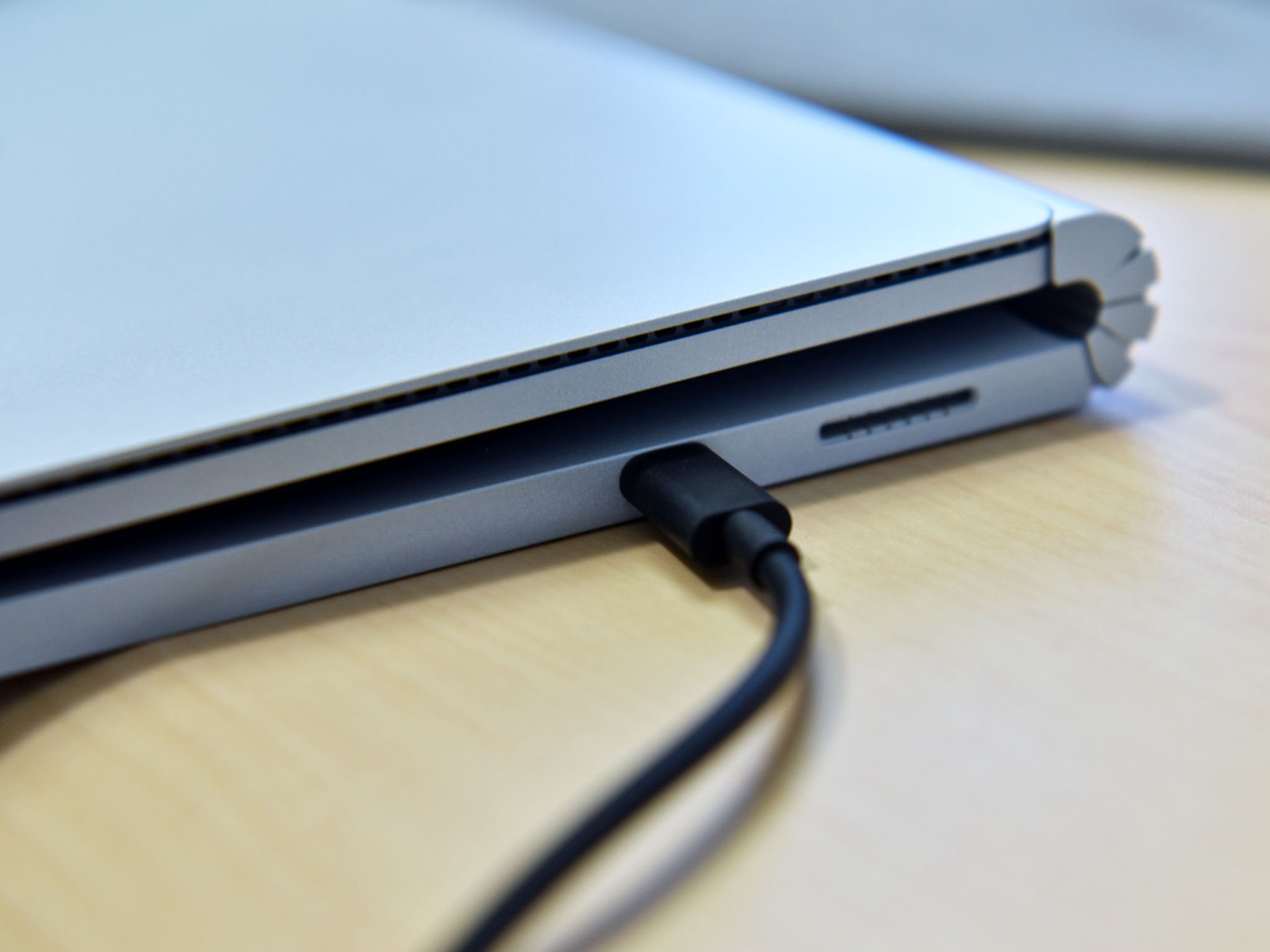
With Microsoft's upcoming media event scheduled for October 2 in New York City (we'll be there, of course) there is a lot of speculation about what will be announced. While no new Surface form factors are expected refreshes for the existing Surface product is likely.
Back when I reviewed Surface Pro (2017) and Surface Laptop last year the lack of USB Type-C was frustrating, but not quite a deal breaker for most. Fast forward one year, however, and I'm finding the absence of this universal port Microsoft's biggest Achilles heel.
The sudden rise of Type-C (and Thunderbolt 3)
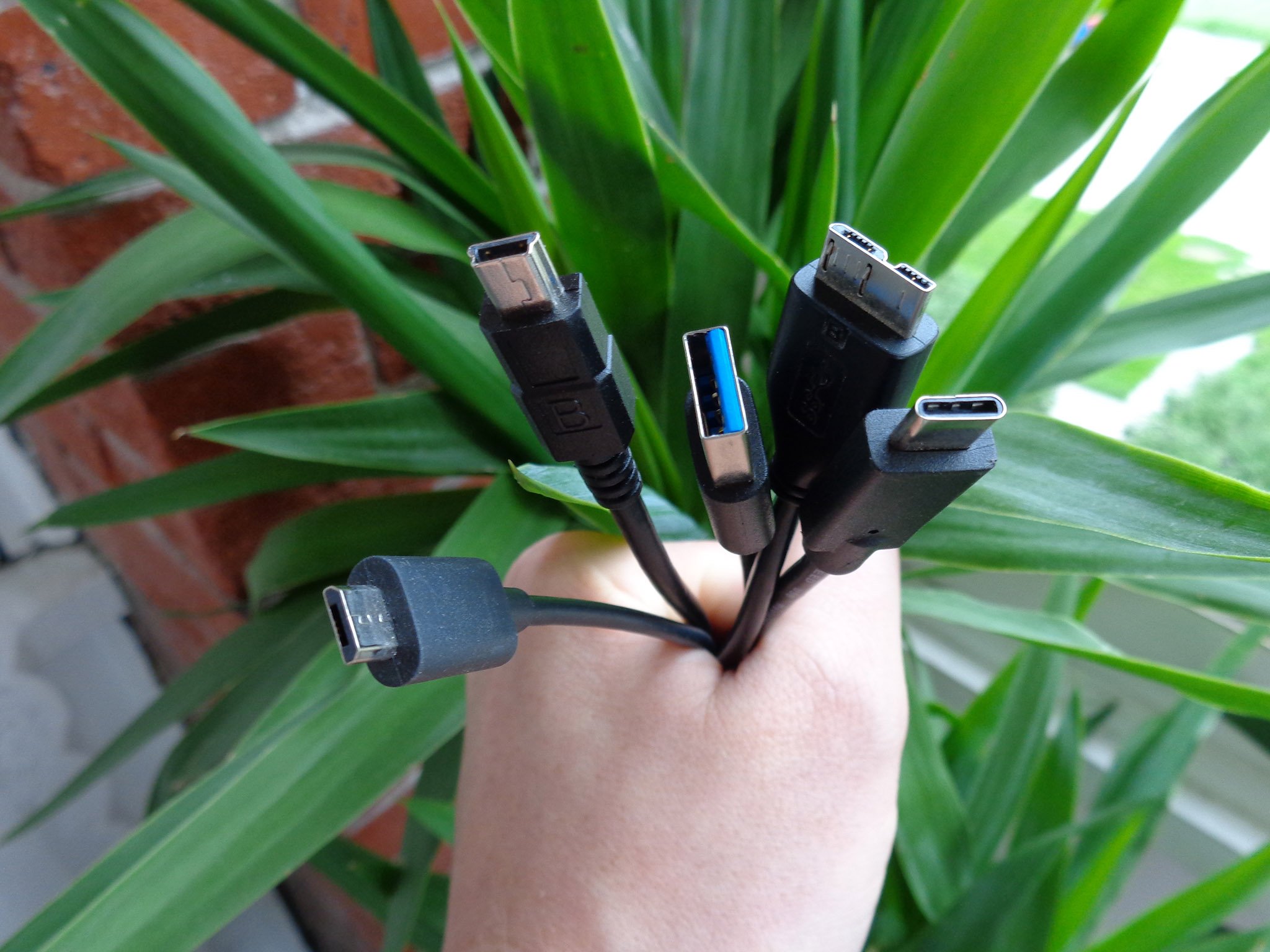
Microsoft's hesitation with USB Type-C goes back to the Surface 3, which shipped with a "universal" micro USB port. The concept and expectations with Type-C were similar – it was going to be used by everyone and every device with one port for charging and data.
History has not been kind to Micro USB, and the Surface team learned some valuable lessons. The biggest problem for them was Surface 3 customers losing the Micro USB Surface 3 charger and replacing it with the one for their smartphone. The challenge was the wattage difference between a phone charger, and a Surface 3 is significant. The result was many customer complaints and returns due to slow charging that could not power the Surface 3 faster than it could drain its battery.
Why Microsoft's new Surface Pro doesn't have a USB Type-C port
Microsoft hedged with USB Type-C for the new Surface Pro and Surface Laptop and instead played it safe with USB Type-A and a Mini DisplayPort. The expectation was the Type-C would take years to catch on with consumers, accessory makers, phones, and especially enterprise.
Microsoft was very wrong.
Get the Windows Central Newsletter
All the latest news, reviews, and guides for Windows and Xbox diehards.
With Android phones adopting Type-C nearly across the board, Apple using nothing but Type-C ports on its laptops, and the general usefulness of being able to power devices through the same port for display and data was just too enticing to refuse.
Type-C is quickly (and thankfully) becoming ubiquitous.
In 2018, there is now an abundance of Type-C and Thunderbolt 3 peripherals including portable displays, blazing fast external storage drives, hubs, portable graphics docks and even desktop monitors.
The premium-priced Surface Pro and Surface Laptop can't use any of these. When I travel, I can't take my new HP EliteDisplay S14 with the Surface Laptop or Surface Pro. Surface Book 2 can't leverage Thunderbolt 3 external drives, which is otherwise perfect for content creators. And don't get me started on the rise of eGPUs. Can you imagine using Surface Pro with a new NVIDIA RTX 2080 at home?
While the oddly-designed Surface Type-C adapter helps it is very far from ideal and has its limitations.
Surface Book 2 and Surface Go are good signs
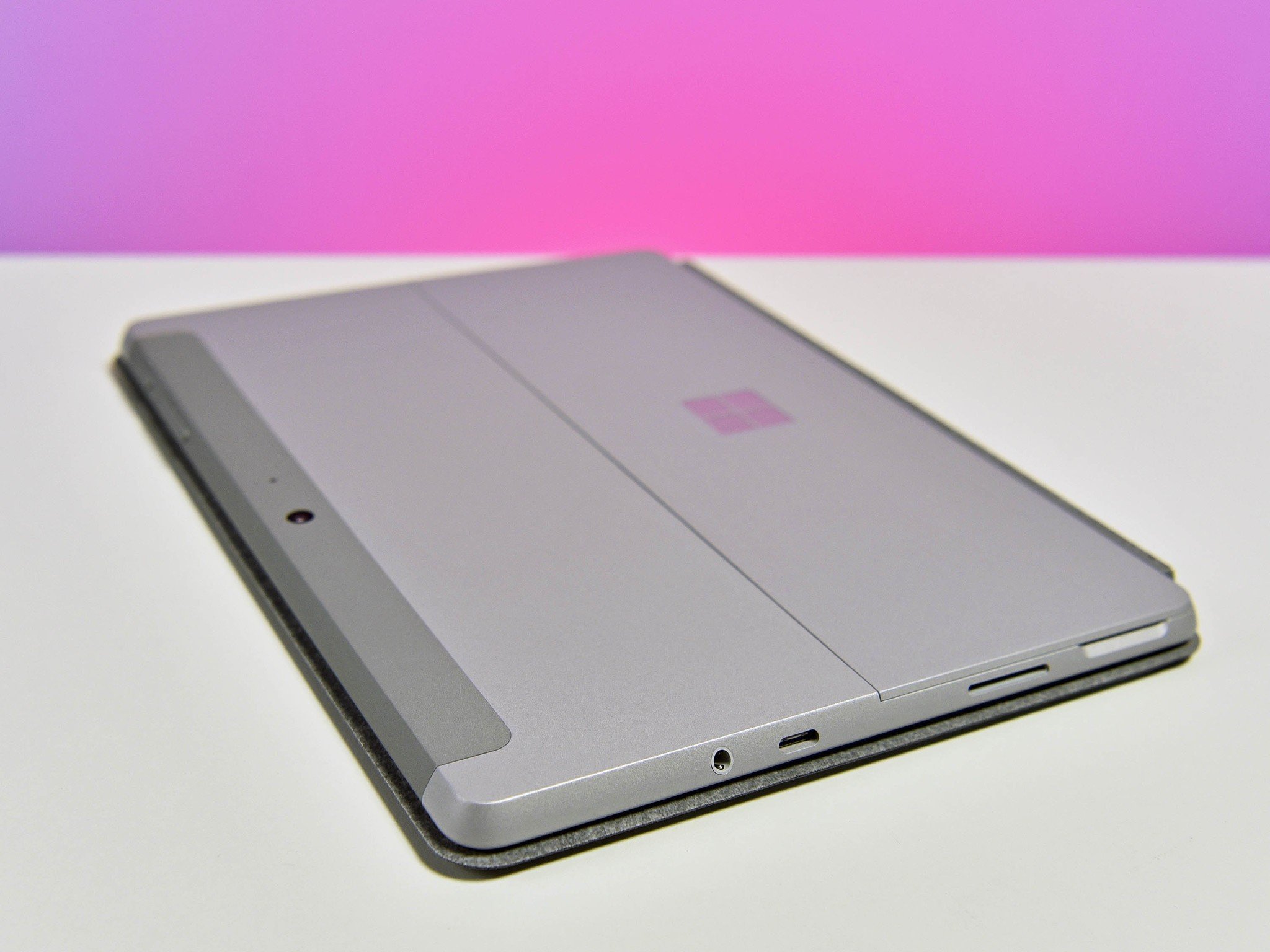
The good news is that Surface Book 2 and the budget-friendly Surface Go both use USB Type-C 3.1. While they equally lack the more powerful Thunderbolt 3 specification (more on this below) they can at least handle the most commonly used Type-C peripherals on the market.
For these reasons, I think it is a foregone conclusion that when Microsoft announces sequels to the Surface Pro and Surface Laptop the inclusion of Type-C in place of the outdated Mini DisplayPort is guaranteed.
The bigger question is what about Thunderbolt 3 support?
Thunderbolt 3 – It's not all Microsoft's fault
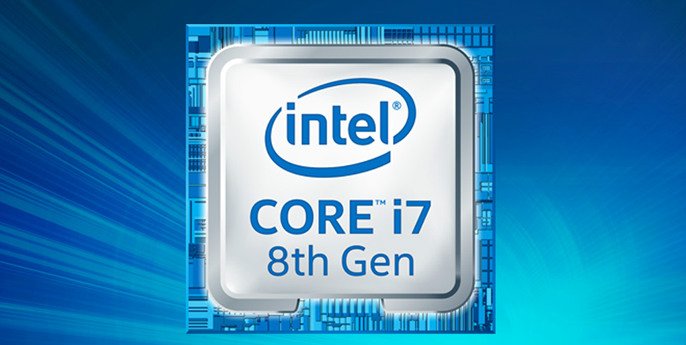
Intel's Thunderbolt 3 is the Holy Grail of USB Type-C specifications. It does all that Type-C 3.1 can do plus handle 40Gbps of data making it ideal for external GPUs (eGPUs) as its data transfer is four times that of the USB 3.1 standard. Because of that speed we're also now seeing Thunderbolt 3 external drives, which results in dramatic increase in the rate of data transfers (see my Dell Thunderbolt 3 review).
What's the difference between USB-C and Thunderbolt 3?
So, why didn't Microsoft include it with Surface Book 2 or Surface Go? The problem is much more complicated than simple omission by choice, but rather a technical one too.
Surface Book 2 relies on Intel's i7-8650U processor, which has a maximum number of 12 PCIe lanes. When you allocate those by ports – four for Surface Connect port, four for Surface Cover Connector (for GPU and keyboard), and four the SSD and Type-A port, well, you run out of room for the four lanes needed for Thunderbolt 3.
Surface Go uses the lower-end Pentium 4415Y which only features ten PCIe lanes, and, as far as I know, does not have an option for a Thunderbolt 3 component on the board anyway.
The bottleneck for Microsoft arises from its usage of the Surface Connect port for power and data and Intel's limitation for its Coffee Lake/Kaby Lake Intel U-series processors.
Where things get interesting is Intel's latest refresh to its 8th generation Core processors – dubbed "Whiskey Lake" – bumps support for PCIe lanes from twelve to sixteen in the U-series line. That makes the new Core i7-8565U not only 400Mhz faster, but able to support more PCIe devices. (Despite Intel dropping royalty costs, however, the Thunderbolt 3 controller for Whiskey Lake is still an extra component and not yet built in. That means the cost will have to passed on to the consumer.)
In theory, if Microsoft announces new a Surface Pro and Surface Laptop (and maybe even Surface Book) with Whiskey Lake Intel processors it can finally keep the Surface Connect port and get a fully spec'd Type-C port with Thunderbolt 3 because of that change.
Hope springs eternal
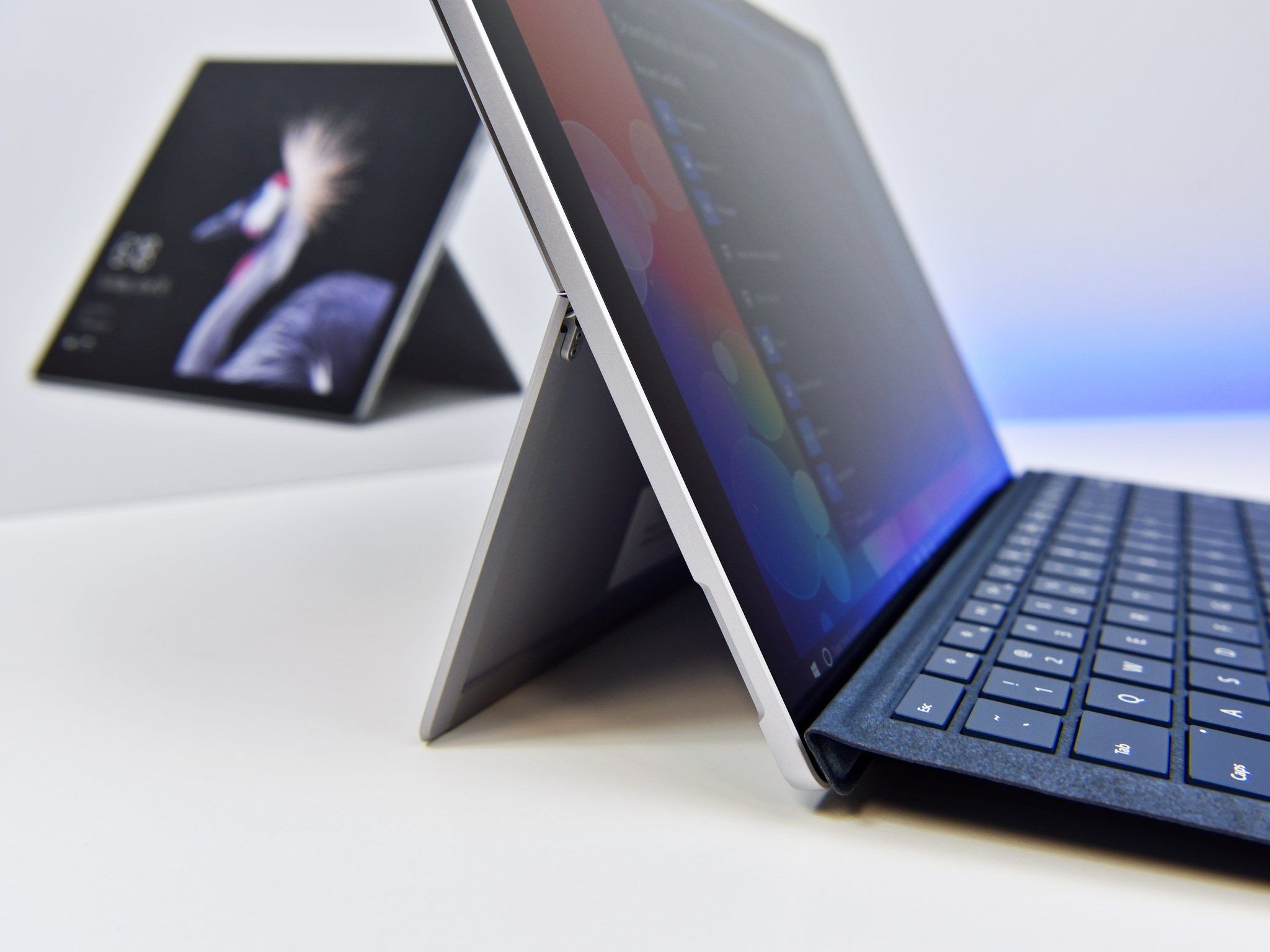
The timing for Whiskey Lake processors is October and November, which lines up nicely with Microsoft's event on October 2.
Whether all of this happens remains to be seen, but at the very least a USB 3.1 Type-C port is very likely for refreshed Surfaces, but there is a possibility here for Thunderbolt 3 too.
If that happens, the Surface line may finally be what we all want it to be, and Microsoft's premium PC line will be future-proofed for many years. Just as importantly, I can stop leaving my Surface Laptop and Surface Pro home when I travel because they can't do as much as laptops from HP, Dell, or Lenovo.
Did Microsoft learn its lesson, and will Intel's refreshed U-series processor line save the day? Tune into Windows Central on October 2 to find out. I'm as curious as you.

Daniel Rubino is the Editor-in-chief of Windows Central. He is also the head reviewer, podcast co-host, and analyst. He has been covering Microsoft since 2007 when this site was called WMExperts (and later Windows Phone Central). His interests include Windows, laptops, next-gen computing, and wearable tech. He has reviewed laptops for over 10 years and is particularly fond of 2-in-1 convertibles, Arm64 processors, new form factors, and thin-and-light PCs. Before all this tech stuff, he worked on a Ph.D. in linguistics, performed polysomnographs in NYC, and was a motion-picture operator for 17 years.
